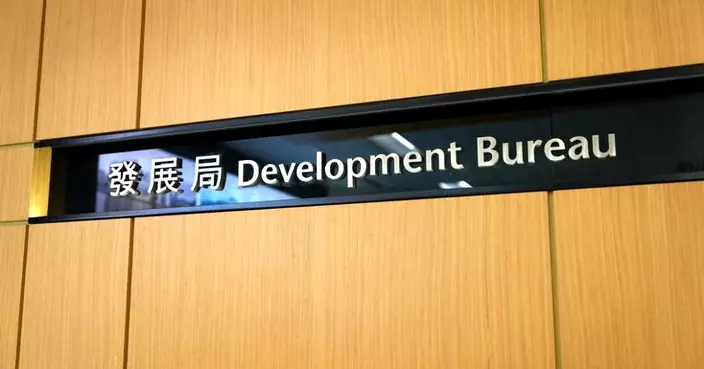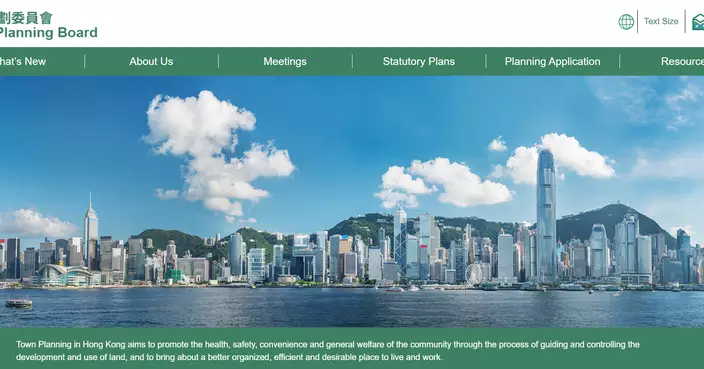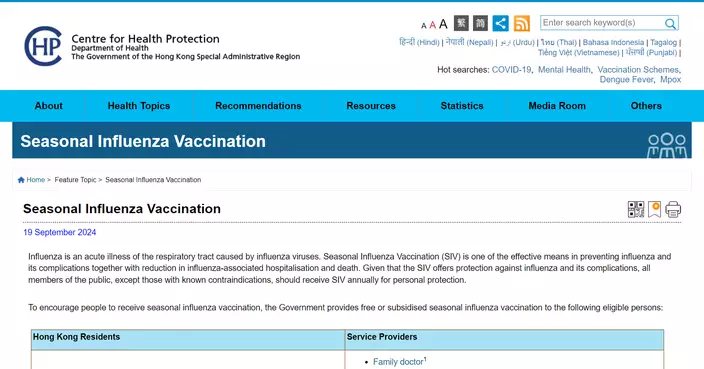Construction of berthing facilities and seawater outfalls at north and west of Tsang Tsui, Tuen Mun proposed
The Government proposes to construct berthing facilities and seawater outfalls at the north and west of Tsang Tsui, Tuen Mun. The extent of the area of foreshore and seabed affected is described in a notice gazetted today (September 20).
The proposed berthing facilities will allow direct transport of municipal solid waste and incinerator ash mainly by sea to and fro the Integrated Waste Management Facilities Phase 2 (I·PARK2) with a view to minimising the number of waste and container trucks passing through Lung Kwu Tan Road and other road networks. The proposed seawater outfalls and the associated pipeworks will support the cooling system of the I·PARK2. The proposed works are tentatively scheduled to commence in 2026 for completion in about four to five years.
The notice and its related plan are posted near the site. The plan is also available for inspection at:
* Survey and Mapping Office of the Lands Department (6/F, North Point Government Offices, 333 Java Road, North Point, Hong Kong) (where copies can be purchased on order);
* Tuen Mun Home Affairs Enquiry Centre of the Tuen Mun District Office (2/F, Tuen Mun Government Offices, 1 Tuen Hi Road, Tuen Mun, New Territories); and
* Lands Department website (www.landsd.gov.hk) under Government Notices.
Any person who considers that he or she has an interest, right or easement in or over the foreshore and seabed involved may submit a written objection to the Director of Lands, 20/F, North Point Government Offices, 333 Java Road, North Point, Hong Kong, within two months from the gazette date, i.e. on or before November 20. The notice of such an objection shall describe the interest, right or easement of the objector and the manner in which he or she will be allegedly affected.
LD reminds employers and employees to take heat stroke preventive measures in times of Heat Stress at Work Warning
As the Heat Stress at Work Warning is now in effect, the Labour Department (LD) reminds employers and employees to take appropriate measures during the effective period of the warning to prevent heat stroke when working in hot weather or hot environments.
Employees who work outdoors or in non-air-conditioned indoor environments face high levels of heat stress and are at a relatively higher risk of heat stroke. Employers should assess the risk factors of heat stress for employees at work and, based on the identified risk factors, take necessary preventive and control measures, including rescheduling work periods, setting up shading covers, providing ventilation and heat dissipation equipment, and reminding employees to replenish water and rest in a timely manner.
The Heat Stress at Work Warning is formulated by the LD based on the Hong Kong Heat Index. There are three levels of the warning: Amber, Red and Black, which help employers and employees better understand the level of heat stress while working outdoors or indoors without air-conditioning systems.
A spokesman for the LD said that when the department issues the Heat Stress at Work Warning, employers must refer to the criteria and recommendations provided in the "Guidance Notes on Prevention of Heat Stroke at Work" to conduct risk assessments, according to the workloads and other relevant heat stress risk factors, for employees who work outdoors or in non-air-conditioned indoor workplaces. Appropriate rest breaks should be arranged every hour, as far as reasonably practicable, based on various levels of the Heat Stress at Work Warning, to reduce employees' risk of heat stroke.
Employees must also follow instructions to rest on time. Whenever there are any symptoms of heat-related illnesses, such as headache, dizziness, thirst, and nausea, they should rest in a cool and shady place, drink water, and inform employers/supervisors to take appropriate action immediately.
The LD issued the "Guidance Notes on Prevention of Heat Stroke at Work", detailing the various risk factors that should be considered when conducting heat stress risk assessments and recommending corresponding control measures for identified risk factors for employers' and employees' reference. For the Heat Stress at Work Warning and related guidelines, please refer to the department's thematic webpage: www.labour.gov.hk/eng/news/prevention_of_heat_stroke_at_work.htm.









